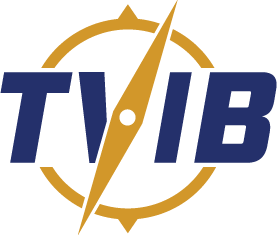USCG: Seafarers’ Access to Maritime Facilities: Frequently Asked Questions
Posted on the USCG Maritime Commons 06/13/2019
The Office of Port and Facility Compliance has compiled frequently asked questions to assist with the compliance of 33 CFR §105.237, Seafarers’ Access to Maritime Facilities regulation. Those FAQs are provided here for the convenience of our readers.
There are impacts to vessel’s that deny access to mariner’s requesting access as well as barge fleets.
Click here to link to the original post on the USCG Maritime Commons
